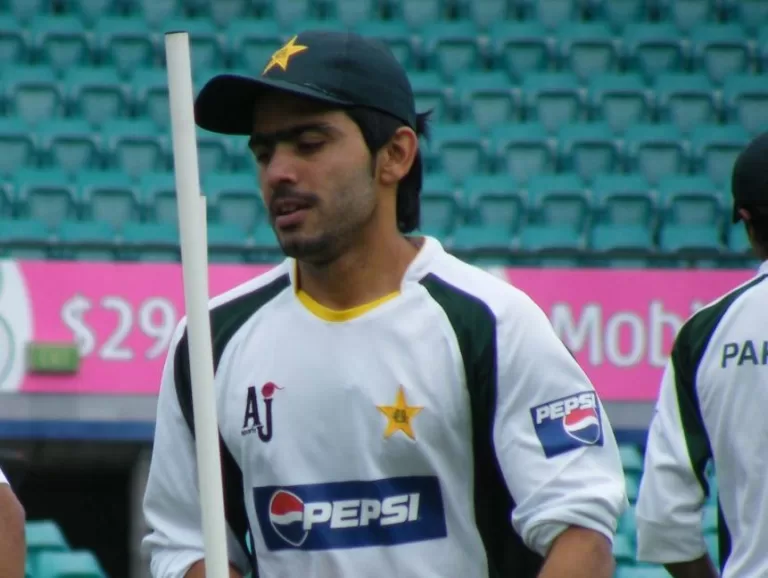Coaches change, selectors change, and players change – but Fawad Alam continues to be excluded from the international set-up…
It’s arguably South Asian cricket’s greatest mystery. Be it due to petty politics or sheer ignorance, nobody can explain why Fawad Alam hasn’t been part of the national team for the last five years. The middle-order batsman last represented Pakistan in 2015 and despite averaging 41.66 in Tests and 40.25 in ODI’s, he’s been deemed surplus to requirements. Players have come and gone, and we’ve even seen the likes of Umar Akmal and Ahmed Shehzad recalled due to an upturn in domestic performances – but that reasoning eludes selectors in Fawad’s case.
Outrageous, inexplicable, and incomprehensible are just some of the words that come to mind when trying to explain Fawad Alam’s absence from the Pakistan team. If the aforementioned international averages aren’t acceptable then one look at his domestic record should affirm his quality. Fawad’s first-class and List A averages are 55.77 and 48.27 respectively, among the very best in the country for both formats. Many have argued that he’s exactly the kind of player needed in the middle-order – offering consistency, composure, and the ability to amass big scores.
#OnThisDay in 1985, Fawad Alam was born in Karachi. His first-class average of 55.77 is better than Virat Kohli and Cheteshwar Pujara 💯👏
He scored a century on Test debut for Pakistan, averages in excess of 40 in both Tests and ODIs 💪
Will he make a comeback anytime soon? 👀 pic.twitter.com/pAnnx83RVQ
— Cricingif (@_cricingif) October 8, 2019
Experts and ex-players across Pakistan have struggled to justify Fawad’s exclusion from the team as well. What more can the man do after all? Perhaps the board has reasons for constantly overlooking him – but nobody seems ready to come out and clarify the situation. It’s incredibly frustrating for cricketing faithful to see players eliminated from the international equation despite performing exceptionally well in domestic tournaments. Fawad Alam is not the only player suffering either – with the likes of Saud Shakeel (first class average: 43.00, List A average: 49.02) and Usman Salahuddin (first-class average: 47.08 and List A average: 46.21) stuck in similar situations. However, the duo have age on their side while Fawad Alam is nearing the tail-end of his career.
Ultimately, it’s the national team on the losing end. The lack of depth in Pakistan’s batting is often cited as a major reason for their inconsistency, making the management’s inability to efficiently utilise high-quality batsmen even more baffling. Politics has pervaded through cricket in the subcontinent – but this scenario is unique given that Fawad, even with the odds stacked against him, has continued to perform remarkably well. If nothing else, he should’ve been granted an opportunity to shine in the recently concluded home series against Sri Lanka. It would’ve afforded him the chance to extend his form beyond the domestic circuit in a relatively pressure-free environment – but alas, the board enjoys leaving fans dumbfounded.
Happy birthday Fawad Alam!
The Pakistan batsman averages 41.66 in three Test matches and 40.25 in 38 ODI appearances 👏 pic.twitter.com/R3ILGwsLfM
— ICC (@ICC) October 8, 2019
The local media needs to raise their voice and continue to push Fawad Alam’s case for selection, but the situation will remain bleak until Pakistan’s selectors drop their bias against the batsman. Fawad is now 34 years old and the team may have already missed out on some big runs – but he still has a few years left in him and could potentially win some big games for his country. We can only hope that Fawad remains steadfast in his approach and those around him eventually come to their senses. His presence will be missed in Australia, where he would’ve injected some much-needed experience and stability into the Test batting order.
